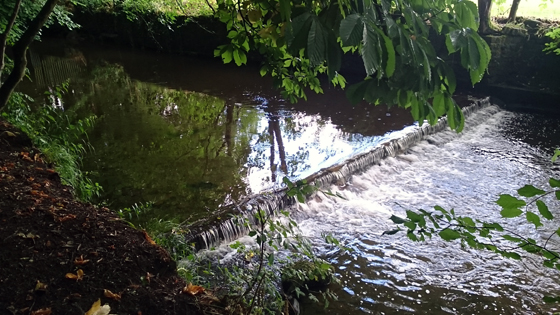Connectivity is a recurrent theme of my blog posts. Last year I wrote about plans for notching some of the redundant low mill weirs on a tributary of the River Aire, local to me. Those plans will come to fruition in the next few weeks as Pete Turner (Environment Agency) and I have had our bespoke environmental permit consented to progress the works, so I’ll report back to show you how the channel is evolving. I also wrote about making connections and how Mike Forty’s PhD research with Ribble Rivers Trust had thrown up some really interesting results, especially regarding the importance of free movement for precocious parr; the published work is available here.
To communicate the worth of habitat restoration work (in supporting the Ecosystem Service approach & Natural Capital principles) to the wider public and to potential future funders, and thus maintain, increase and maximise the potential impact, there is an urgent need for some simple and accessible assessments that a broad audience can appreciate. I have proposed to use the concept of the food web in this context because: a) the knock-on effects of habitat degradation translate into food web alterations very quickly; and b) the food web is recognised by a broad swathe of society (and from a very early age). Hence, measures of food webs can be used as an engagement & educational tool that will increase the understanding and value of restoration projects, as well as a tangible and effective measure for funding applications.


